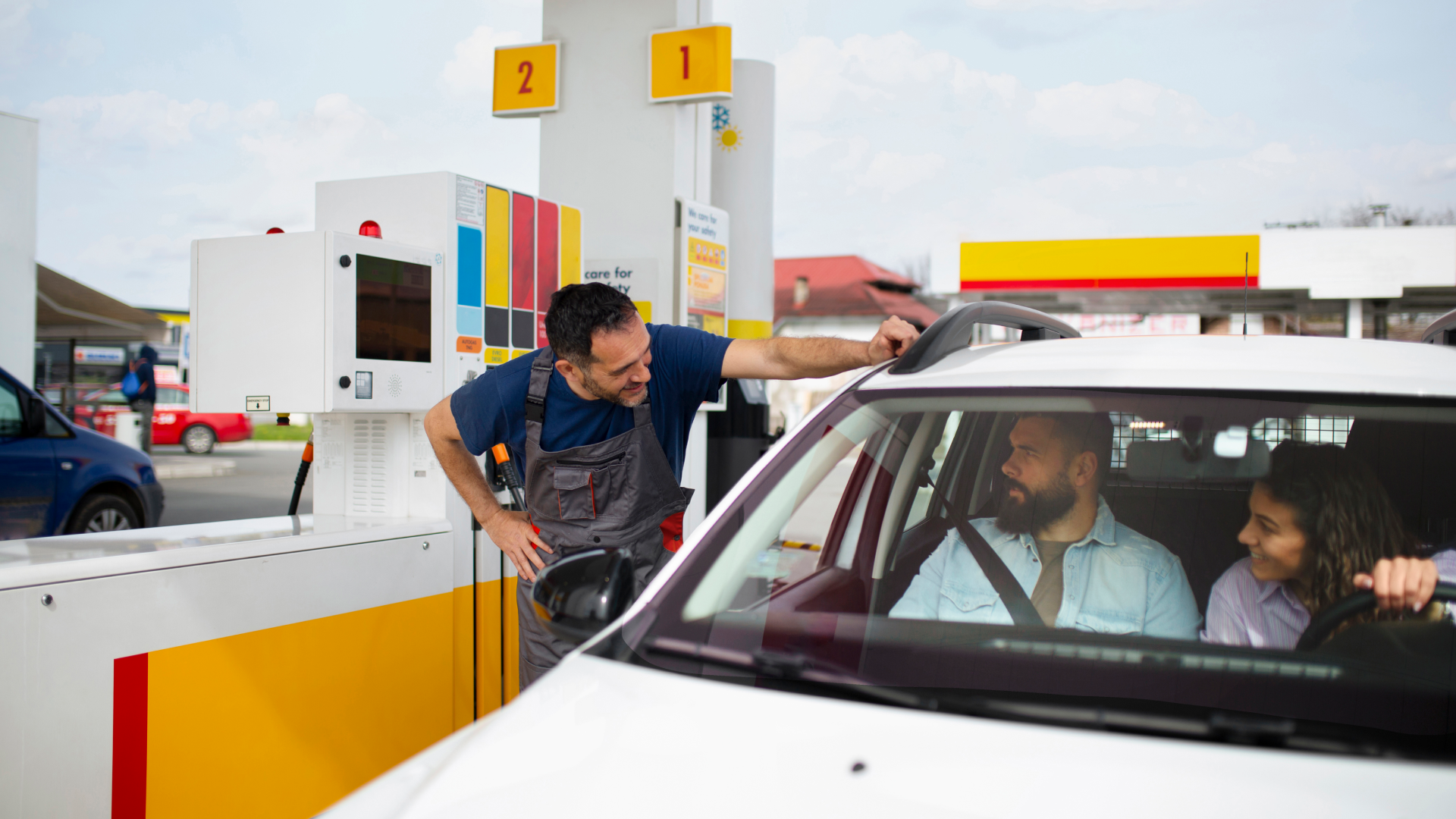Location regulations for fuel stations in the United States
In the U.S., fuel station location regulations are governed by local, state, and federal agencies. These regulations aim to ensure safety, environmental protection, and public health. Below are some key guidelines:
Restricted zones
First and foremost, fuel stations must comply with the restricted zones defined by local authorities, which prohibit or limit installations in specific areas for safety, environmental, or urban planning reasons. Typically, these zones are determined by city planning or zoning laws, which aim to protect the surrounding environment and infrastructure.
Minimum distance from buildings
Additionally, fuel stations are typically required to maintain a certain minimum distance from residential, commercial, or public buildings. While these distances vary by municipality, they generally range from 50 to 100 feet (15 to 30 meters). This requirement is crucial to ensure safety in case of fuel-related incidents, such as fires or explosions, and to minimize potential risks to nearby structures.
Minimum distance from water bodies
Fuel stations must maintain a safe distance from water bodies, including rivers, lakes, and wetlands, to prevent contamination. The minimum distance often depends on the type of water body and is determined by local environmental authorities or the Environmental Protection Agency (EPA). Regulations may range from 100 feet (30 meters) to more, depending on the state.
Distance between stations
To avoid an excessive concentration of fuel stations in the same area, local zoning regulations may establish a minimum distance between stations. This helps reduce competition, promote safety, and ensure that fuel stations are evenly distributed across urban and rural areas.
Signage and access
Fuel stations must have clear and visible signage to ensure they are easily identifiable and accessible. Signage must comply with local regulations, ensuring proper safety symbols and branding while minimizing traffic congestion and accident risks. Stations should also be easily accessible to vehicles, with designated entry and exit points.
Safety regulations
Fuel stations must adhere to strict safety regulations enforced by agencies such as the Occupational Safety and Health Administration (OSHA), local fire departments, and the EPA. Key requirements include:
- – Fire prevention measures, such as fire extinguishers and suppression systems
- – Installation of safety equipment, such as emergency shutoff valves and spill containment systems
- – Employee safety training, including proper handling of hazardous materials
- – Regular risk assessments and adherence to environmental safety standards
Consultation with regulatory agencies
It is recommended to consult with local and state regulatory agencies to ensure compliance with all relevant guidelines and regulations. These agencies may include zoning boards, health departments, and environmental protection agencies, which can provide specific requirements for each location.
Other standards and regulations
In addition to federal and state regulations, cities and municipalities may issue their own technical standards, addressing aspects like minimum distances, signage, fire safety, environmental protection, and more.
Learn more about: The importance of the floor plan for gas stations
Detailed information on municipal regulations
Municipal regulations vary widely across different states and localities. Location regulations for fuel stations are essential to ensure safety, environmental protection, and proper urban planning. It is crucial to consult local legislation, zoning laws, and regulatory authorities to understand the specific rules and requirements for setting up a fuel station in a particular area.
Do you want to make a difference and ensure the success of your gas station? Count on the support of the only business group exclusively dedicated to the fuel station sector in Brazil, with over 25 years of expertise and offering personalized consultancy. Contact us for more information!
With Petrol Group, you have everything for your fuel station in one place!


